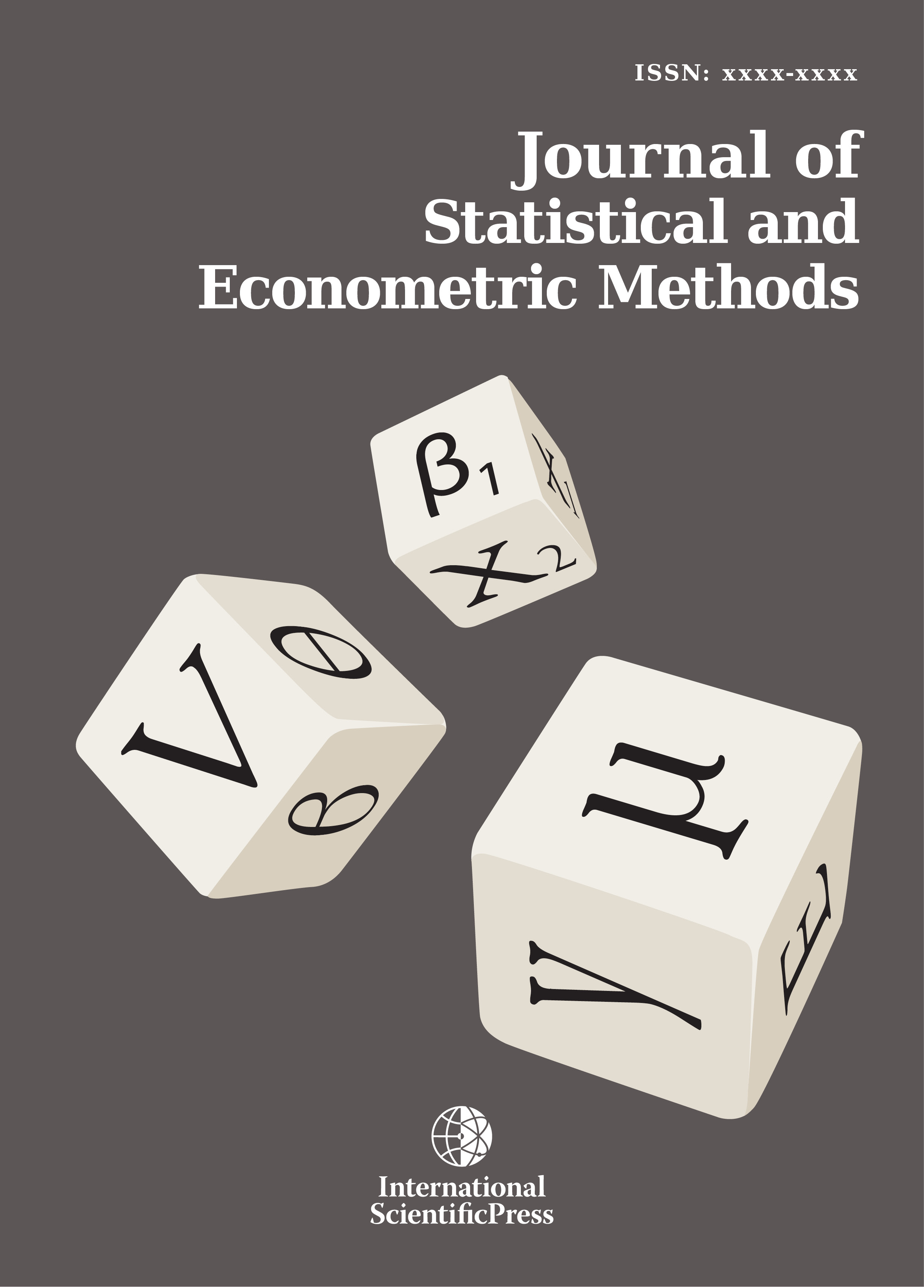Journal of Statistical and Econometric Methods
Forecasting the Unemployment of Med Counties using Time Series and Neural Network models
-
 [ Download ]
[ Download ]
- Times downloaded: 11609
- Abstract
In this paper, time series models and neural networks are used for prediction of unemployment in nine Mediterranean countries. Accurate prediction of unemployment is very important for economic policy reasons. FARIMA is a suitable model when long memory exists in a time series and has been applied successfully for predicting unemployment. However, potential data characteristics such as heteroskedasticity, non-normality and non linearity in unemployment time series may reduce the effectiveness of the classical FARIMA model. Here, is made an attempt for the improvement of forecasting accuracy, by applying models which take into account data characteristics, such as FARIMA/GARCH which takes into account heteroskedasticity. Furthermore, non-linearity of the data is better captured by Neural Network models rather than the traditional time series models such as FARIMA and for this reason Artificial Neural Networks with multilayer feed-forward architecture are considered as predictors for unemployment. Non-normality is present at many cases of unemployment data and to further improve the results are considered FARIMA and FARIMA/GARCH models with student t distribution errors. Finally, is proposed a model selection based on data characteristics. We employ monthly seasonally adjusted data (source is Eurostat database) from 2008 M1 to 2016M10 to train the data and we consider 1 step-ahead forecasts for the next 12 months, i.e. until 2017 M10 to compare the performance of the models.
JEL Classification Number: C01, C22, C53
Key words: FARIMA/GARCH, FARIMA, multilayer feedforward neural nets, 1 step-ahead predictions, t-distribution of errors.
